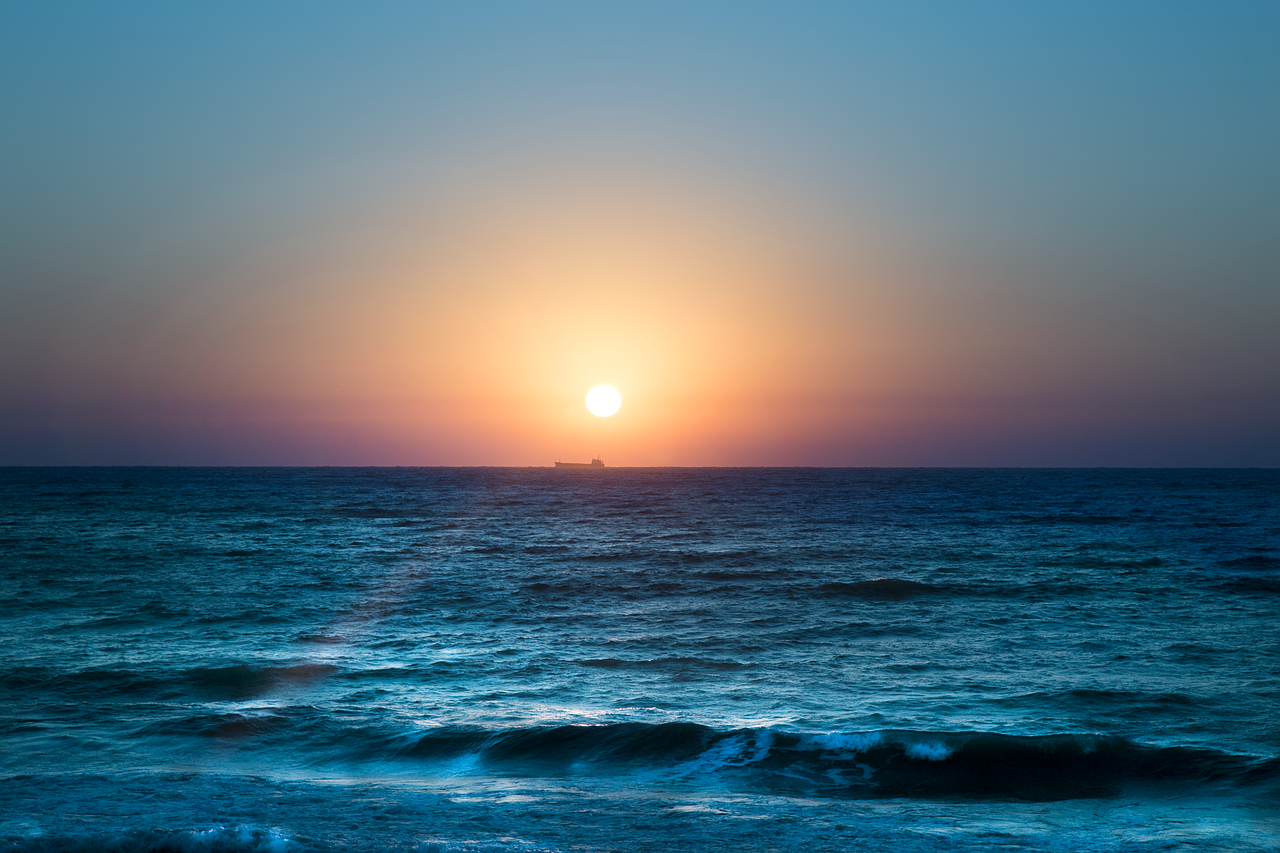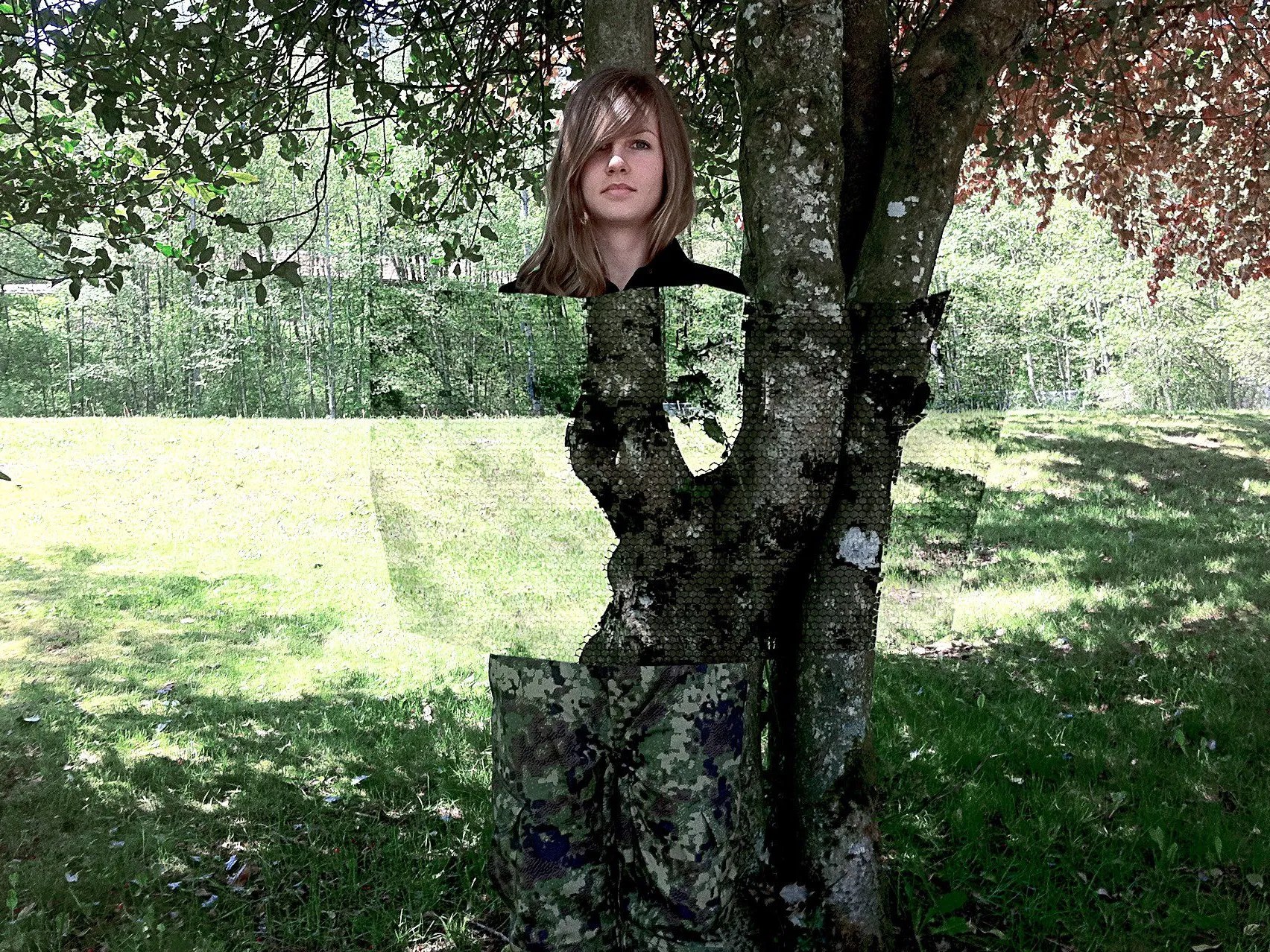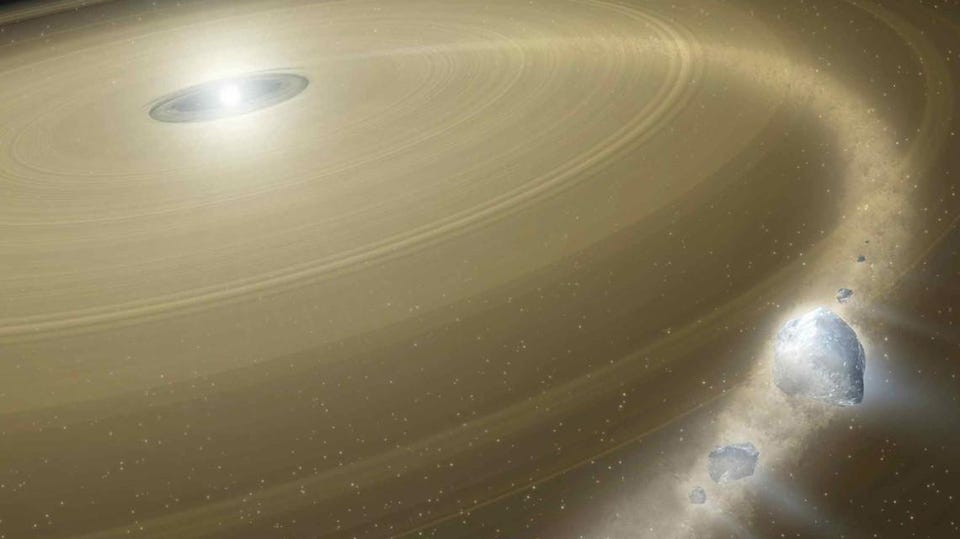Ask Ethan: Could extracting wind energy change the weather?
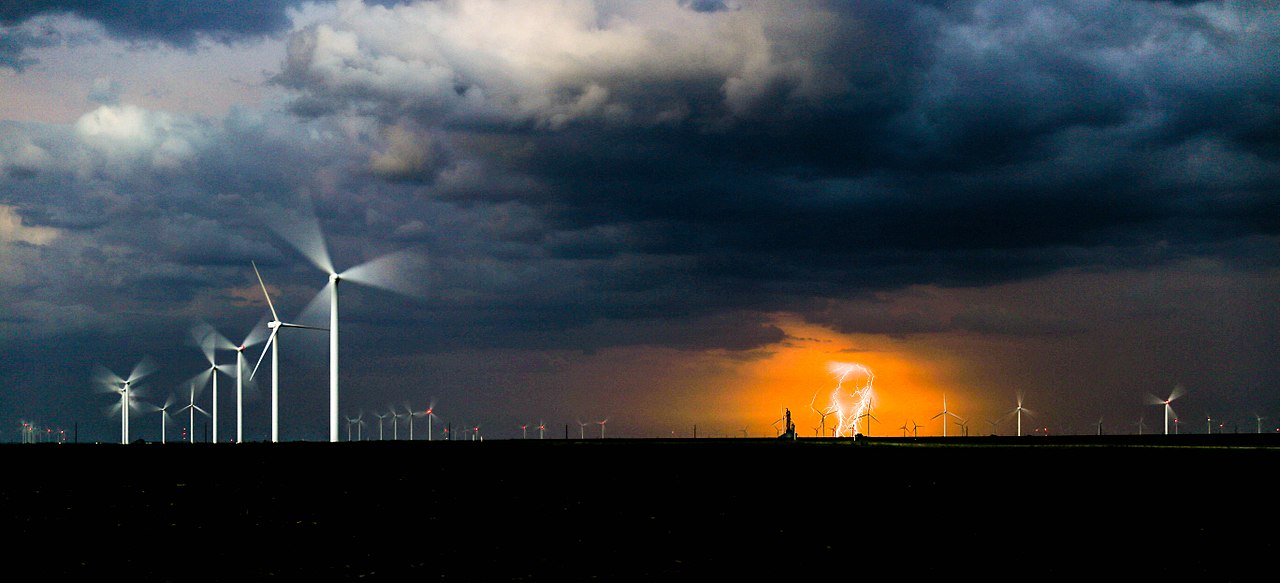
- There are only a few sources of green, renewable energy that have minimal consequences for the environment: extracting energy from the Sun, or the motion of water and wind.
- Even these aren’t free of consequences, however, as disrupting the flow of water damages both upstream and downstream environments.
- Could there be a similar consequence, beyond the deaths of birds, for wind power? Could it even change the weather? Physics has the answer.
When it comes to the question of energy and power, we know with great certainty that we cannot simply keep doing what we’re doing for very long. The Earth’s climate is rapidly changing as never before; human-caused emissions of greenhouse gases are the culprit; generating power in ways that don’t add additional carbon dioxide to the atmosphere is a mandatory component of all viable solutions. But many of the technologies that can generate power without further exacerbating the carbon dioxide problem in our atmosphere come along with other environmental concerns, and we’d be foolish to ignore them without quantifying them.
Specifically, Alex Anderson writes in to ask about the potential consequences of meeting our energy generation needs with wind power, as he inquires:
“Since wind turbines draw their energy from the wind, could they possibly effect the weather?”
While your instinct might tell you “no,” we’ve learned from experience that our intuitions are wildly untrustworthy when it comes to science. We have no choice, if we want to be certain, but to do the calculations for ourselves and determine what the physical effects truly are. Let’s get to it!
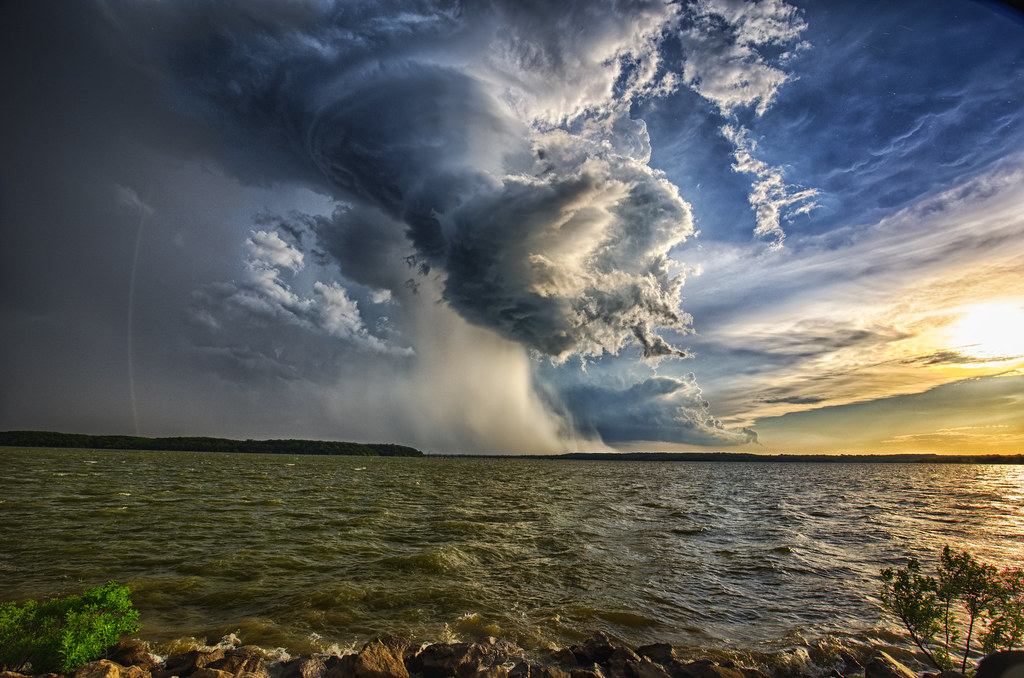
Wind power works very similarly to hydroelectric power, one of the oldest forms of power generation in human history. At the simplest level:
- material moves, continuously, irrespective of what humans do,
- so we place an artificial structure that, in the presence of the material-in-motion, causes a massive object to rotate about an axis,
- that rotational energy is then converted into electrical energy as any turbine or driven motor can,
- and then that energy is either stored, distributed, or put to immediate use.
Hydroelectric power does this via the flow of water, which flows at a particular velocity, with a particular mass, and displaces water at a given rate: a certain amount of volume over time. Wind power is no different, in principle. Instead of water flow, it’s simply the flow of air: with a particular wind speed, a relatively fixed density (or mass-per-unit-volume), and at a certain rate: volume over time. By harnessing the power inherent to this phenomenon — the flow of material — we become capable of transforming this natural resource into a useful source of energy generation.
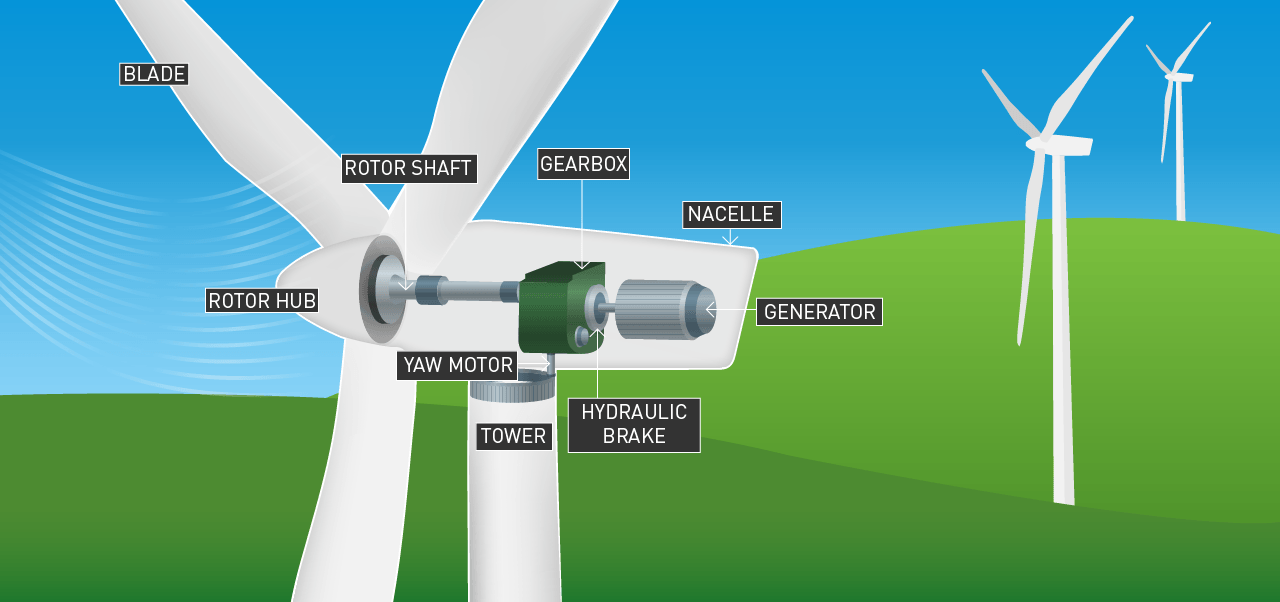
But how much power, or energy-over-time, can we get from wind power?
The answer depends on two things: the movement of the air and the design/efficiency of the windmill and turbines. Let’s first go through the movement of the air, since that’s the source of our wind power, and also, the resource we’ll be tapping into. If this is the “thing” we’re extracting energy from, then we need to understand how it’s going to change as a result of our choosing to extract energy from it.
We start with air in motion. The energy of any object in motion — so long as you’re moving negligibly slow with respect to the speed of light, which wind (thankfully) always is on Earth — is given by your old familiar friend: the formula for kinetic energy. This is simply KE = ½mv², or, for air, the mass of the air multiplied by the speed of the air squared. Speed is easy to measure; that’s just the wind speed. If we want to go from energy to power, that’s just dividing the energy by the time interval we’re interested in.
The only thing we need to add into the mix, then, is the relevant mass of the air.
But what is it? That depends on a few factors; not because we don’t know the actual mass of air, but because the relevant amount of mass is highly dependent on the ambient conditions. In particular, we need to examine how much air is actually being used to turn the blades of the wind turbine in question.
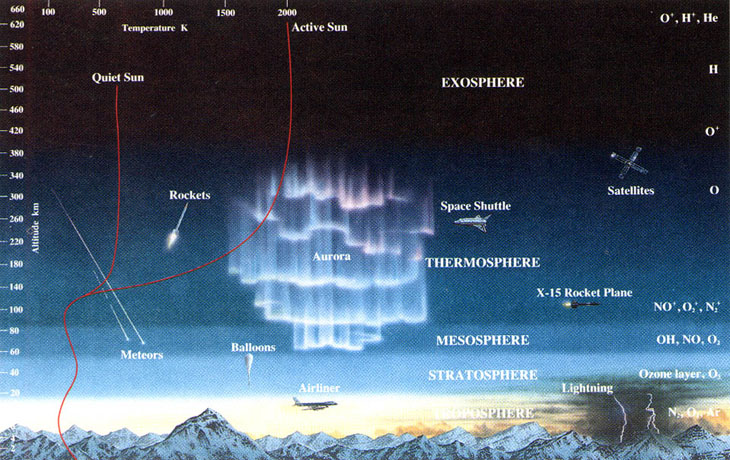
Wind turbines take up a particular area: let’s call that area “A” to make our lives easy. The air has a specific density, which we’ll label by the Greek letter “ρ,” which moves at a particular speed — the wind speed — which is the same “v” that appears in our earlier equation for kinetic energy.
So if we’re interested in the mass of air that pushes the turbine over time, all we need to do is remember that mass is equal to the density of air multiplied by the volume of air that pushes the turbine. We already noted that we can measure the density, ρ, so now we just need to know how large a volume of air flows through each turbine over time.
But that’s straightforward, too, because the volume of air that flows through a turbine is just given by the cross-sectional area of the turbine itself, which is our area “A” from before, multiplied by the speed of the air moving through the turbine, which is our speed “v” from before.
Putting it all together, we get a very straightforward formula: the power of the wind driving the turbine is simply ½ρAv³, or one-half times the air density times the turbine area times the wind speed cubed.
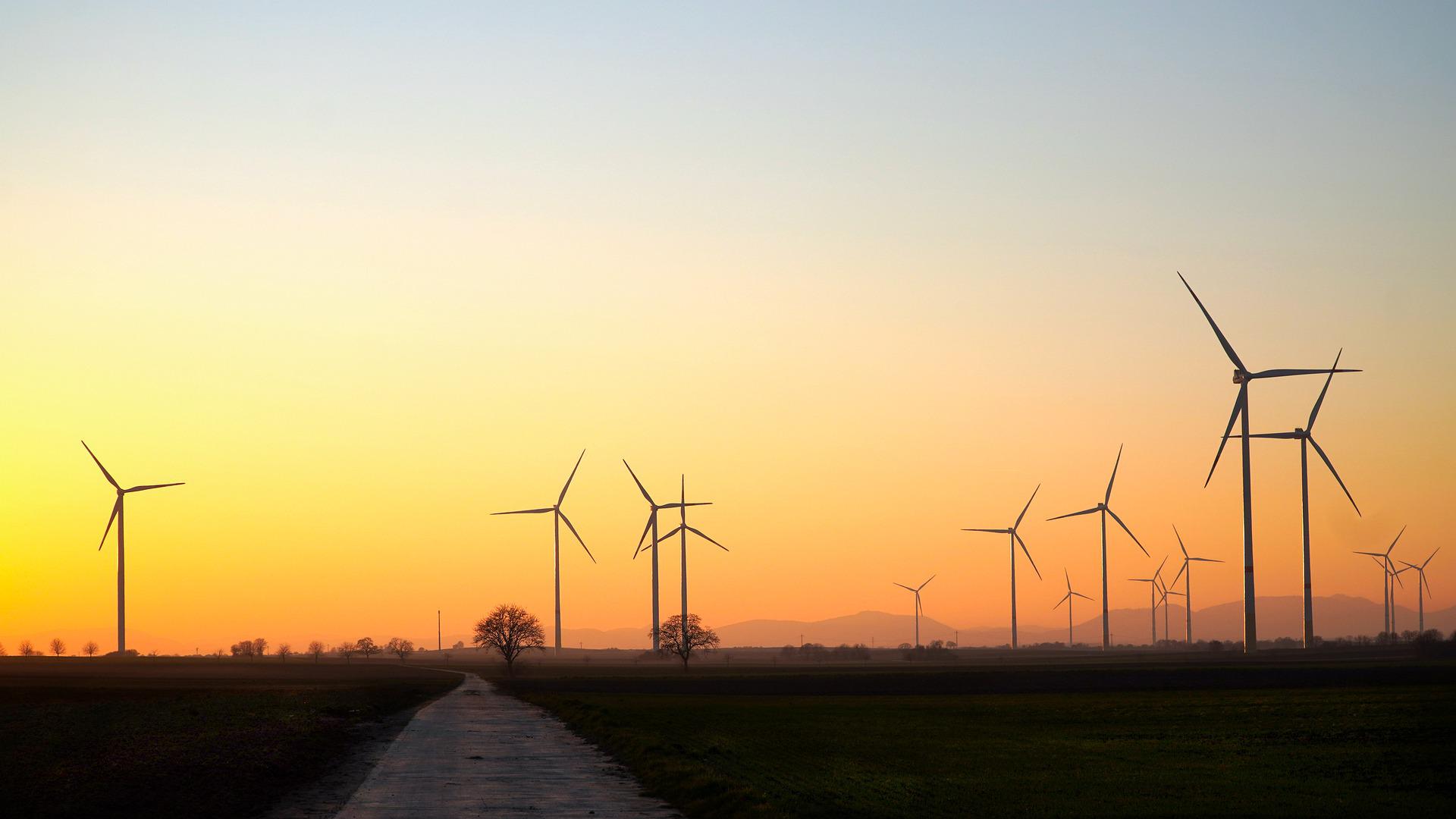
Obviously, denser air will impart more energy to the turbine, but air at sea level is always close to the same density: about one kilogram per cubic meter of air. Similarly, a larger-area turbine will allow the turbine to gather more energy; in this case, bigger is simply and straightforwardly better, as doubling the area will consequently double the power of your turbine.
The big variable is wind speed, as doubling the wind speed translates to eight times the power, and quadrupling it translates to 64 times the power. If you have one minute of 60 mile-per-hour winds affecting a turbine, just know that it would take more than 3.5 hours of 10 mile-per-hour winds to generate the same amount of wind power.
Of course, in reality, you can’t build a 100% efficient wind turbine, because as the air passes through the turbine, the turbine extracts energy from the air, and that slows the air down. This is also why it’s important to build your turbines spaced a significant distance apart, otherwise the “downwind” turbines will be much less effective than the first to encounter the moving air. The maximum efficiency of a wind turbine, it turns out, is closer to about 59%, with actual turbines of varying designs ranging from 16% to 42% in efficiency.
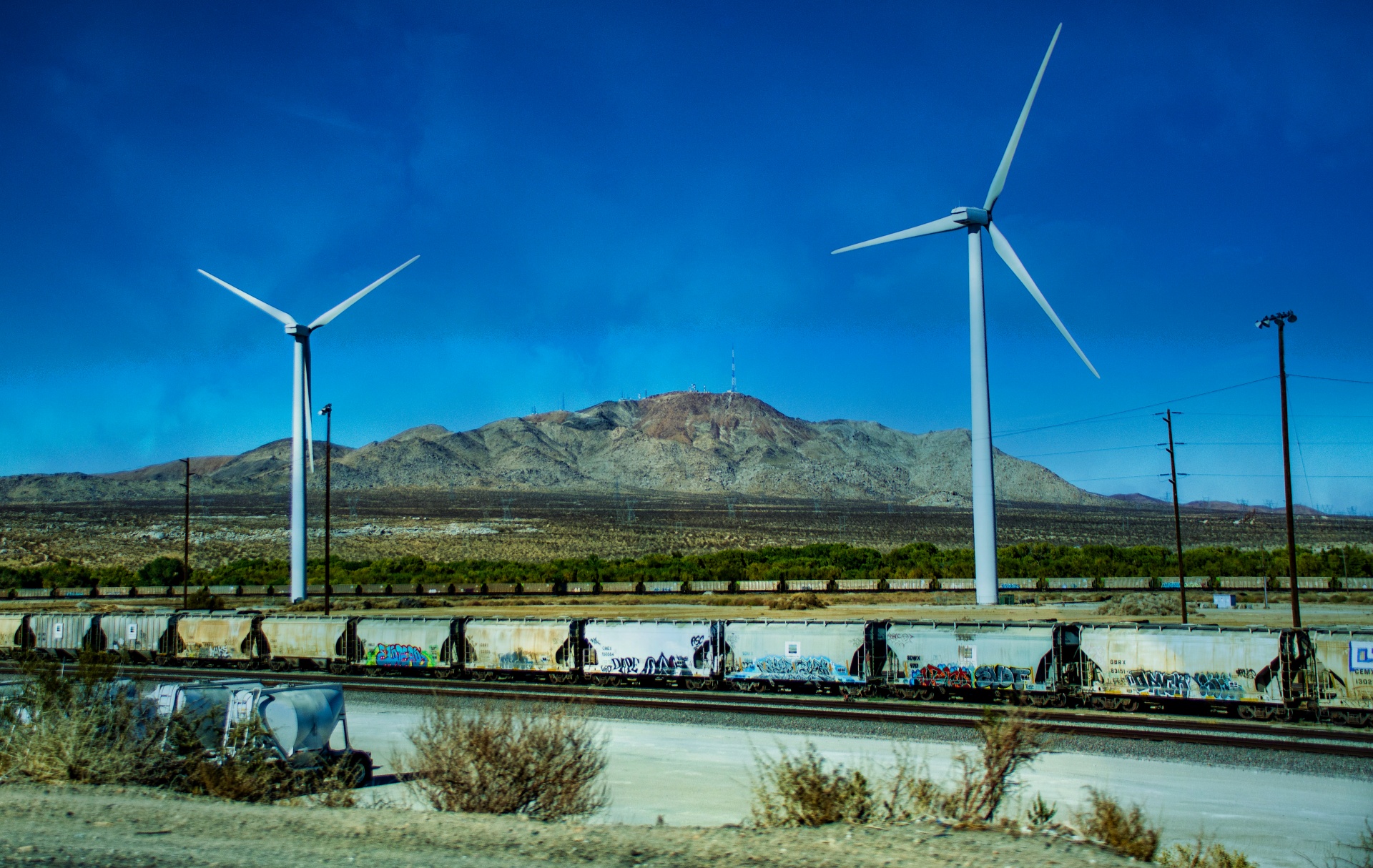
But this gets to the heart of the question: if wind turbines can take energy out of moving air and leverage it for power generation, then that’s going to disrupt airflow wherever there are turbines. And that, you can imagine, if it’s a large enough effect, could actually wind up changing the weather.
We see something akin to this in the analogous case of hydroelectric power. No, hydroelectric power generation doesn’t change the weather, but it does change the flow of whatever body of water is being used to power the turbines. This has had tremendous impacts on both downstream and upstream communities and environments over time.
The flatter your terrain and the slower the flow of the river, the greater the amount of land is required to generate a certain amount of power. This not only forces the relocation of communities and displaces wildlife and other natural habitats, but creating the dams necessary to achieve large water pressures (and the resultant high flow rates) leads to:
- stagnant water,
- the cultivation of excess algae and weeds,
- the threat or outright destruction of natural fish migration routes (such as the salmon runs in the pacific northwest),
- and, over time, a reduction in water and sediment flows, which leads to a loss of habitat and health water for all downstream animals.

By taking the “energy” out of air, it seems reasonable to think that wind turbines will inevitably alter the flow of air within Earth’s atmosphere. Of course, this is technically true, but the question isn’t whether the energy we gain from operating wind turbines has to come from somewhere — of course it does — but whether it’s quantitatively significant enough to lead to damaging or catastrophic effects.
Currently, just for the United States (as of 2020), we consume about 3.7 trillion kilowatt-hours of energy per year, and only about 3% of that energy comes from wind power. If we wanted to replace the carbon dioxide-generating fossil fuels that we presently use with wind power, where a whopping 79% of our energy comes from fossil fuels (35% oil, 34% natural gas, and 10% coal), we’d need to increase our wind capacity by a factor of a little bit more than 25, which means for every 1 megawatt wind turbine we presently have, we’d need to build 25 more.
All told, we’d need to generate about 2.9 trillion kilowatt-hours of energy, which corresponds to — averaging over the fact that there are roughly 8760 hours in a year — an average power generation rate of 331 million kilowatts, or 331 billion joules-per-second of energy.

Compared to the overall energy in Earth’s atmosphere, is that important? Is that enough to cause any global changes?
Earth’s atmosphere has an enormous mass: somewhere around 5 × 1018 kilograms. Given that the average speed of air in Earth’s atmosphere is somewhere between 12 and 15 m/s, we can estimate that the total kinetic energy of Earth’s atmosphere is around 4 × 1020 J. If we take the energy that we’d extract into wind turbines over an entire year — the full 2.9 trillion kilowatt-hours — and then we factor in the efficiency of wind turbines, that actually translates into about 10% of the Earth’s atmospheric energy.
That might seem huge and worrisome, but the fact is that I did something that one should never do in performing these calculations: I took the instantaneous energy present in Earth’s atmosphere at any given moment, and compared it with the cumulative amount of energy over the course of a year as would be taken up by wind turbines. In actuality, the atmosphere gets its energy from Earth’s rotation, ocean-land-air energy transport, and continuous heating from the Sun. When we consider the energy inputs, it turns out that rather than taking 10% of Earth’s atmospheric energy, we’re only extracting a few parts-per-billion. The Earth, as a whole, will be unaffected by this over the long term.

But there will be two effects that do play a substantial role, particularly over the short term.
The first is that wind currents, which naturally flow relatively rapidly over land masses, bringing the cooler ocean air with them as they do, would be depleted on large, national scales. What the wind turbines would effectively do — like it or not — is redistribute the heat throughout the atmosphere. By altering the flow of the atmosphere, they’d exacerbate the temperature differences between the air over the ocean and the air over land. As was quantified in a 2018 study, large-scale wind power generation would warm the continental United States by about a quarter of a degree Celsius, or nearly half-a-degree Fahrenheit. This would be mitigated, over the long term (timescales of centuries), by a reduction in greenhouse gases, but would lead to a net temperature increase on annual or decadal timescales.
The second major effect arises from the use of water when it comes to wind turbines, or rather, the lack thereof. Energy production, primarily driven by the need to use water to cool various types of power plants, including all fossil fuel plants as well as biofuels, geothermal and nuclear plants, uses almost half of the water over the regions that track their water use, such as the European Union. This is a tremendous benefit; switching to wind would save the use of several billions of cubic meters of water each and every year. In a world where water scarcity is becoming a tremendous and growing problem, this could be more important than ever.
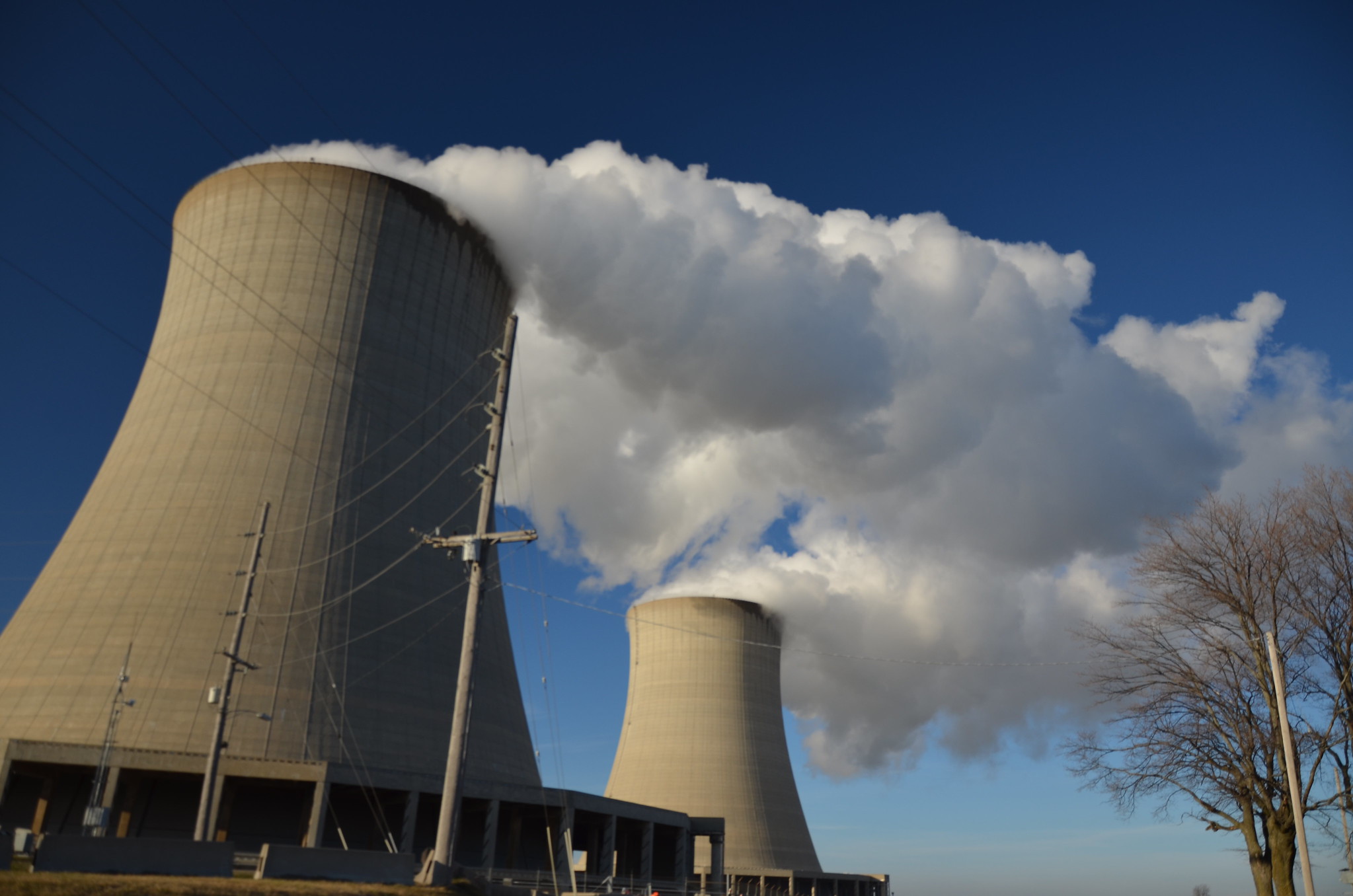
With any form of energy generation, there are inevitably going to be pros and cons. While the public discussion surrounding wind power has largely focused on an extremely minor problem — that of the wind turbines’ danger to birds, something which can be combatted with as simple a solution as painting them — it’s important to recognize that large-scale wind farms are going to change air transport significantly wherever they’re installed. This will result in short-term warming that will require a long-term carbon savings to truly be worth it; investing in wind power requires a long view.
But there are many reasons to be bullish on wind. The land beneath the turbines is still available for agricultural uses, and the water savings in switching from other forms of power generation to wind is a tremendous benefit. Although a lot of energy will be taken out of Earth’s atmosphere, that shouldn’t affect climate or long-term weather patterns. Sure, you can find some ideologically driven websites that claim otherwise, but these are fringe positions that run contrary to the overwhelming majority of working scientists in the field.
It’s important to be both scrupulous and honest about the full suite of impacts that any solution to the joint energy and climate crises will have. When it comes to wind, it’s not a question of whether wind power should be part of the climate solution; it’s only a question of what the balance should be between wind, solar, hydro, and nuclear. The ability to solve these problems is within our reach; we just need to be bold enough to invest in the solutions.
Send in your Ask Ethan questions to startswithabang at gmail dot com!
